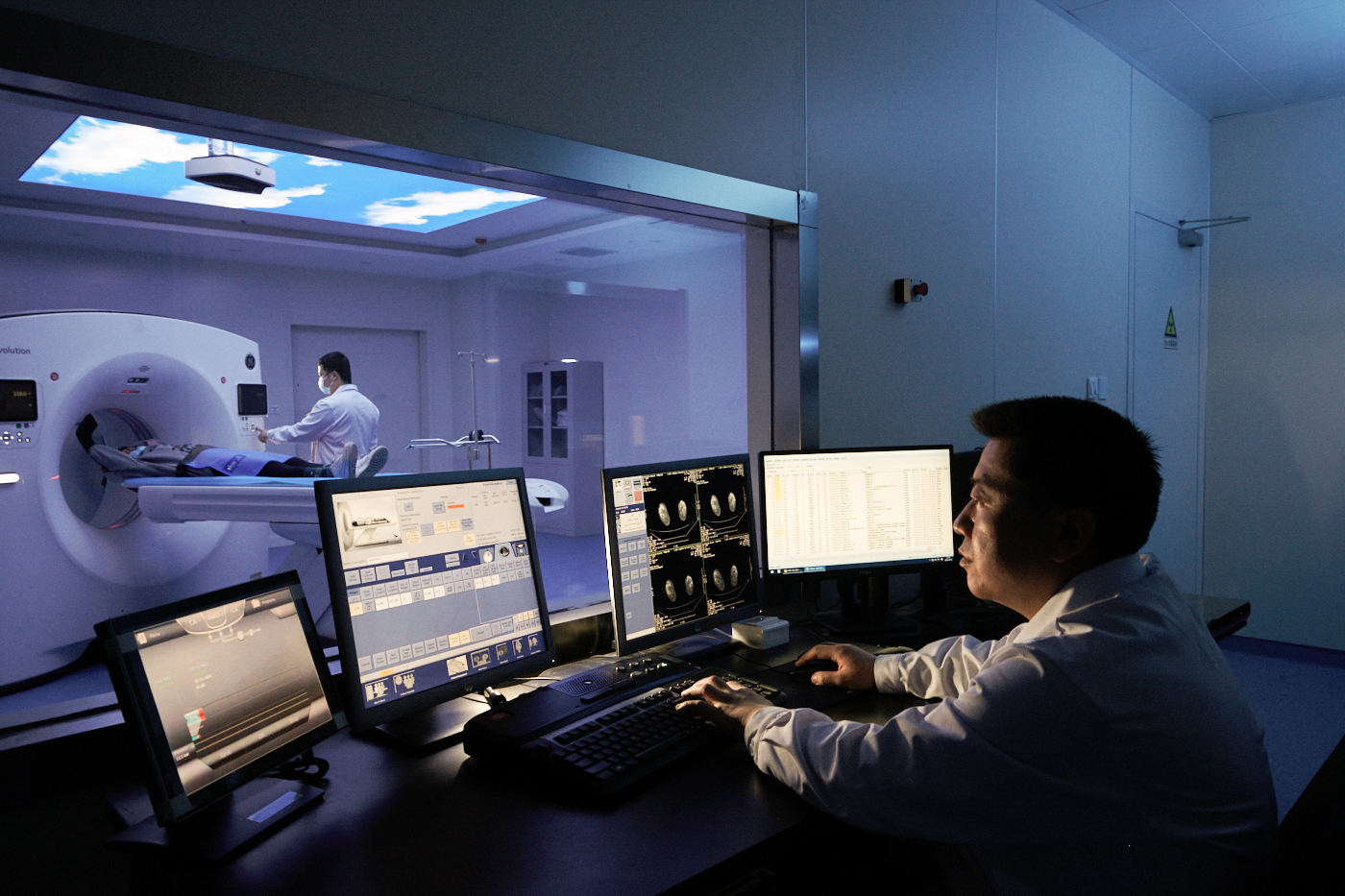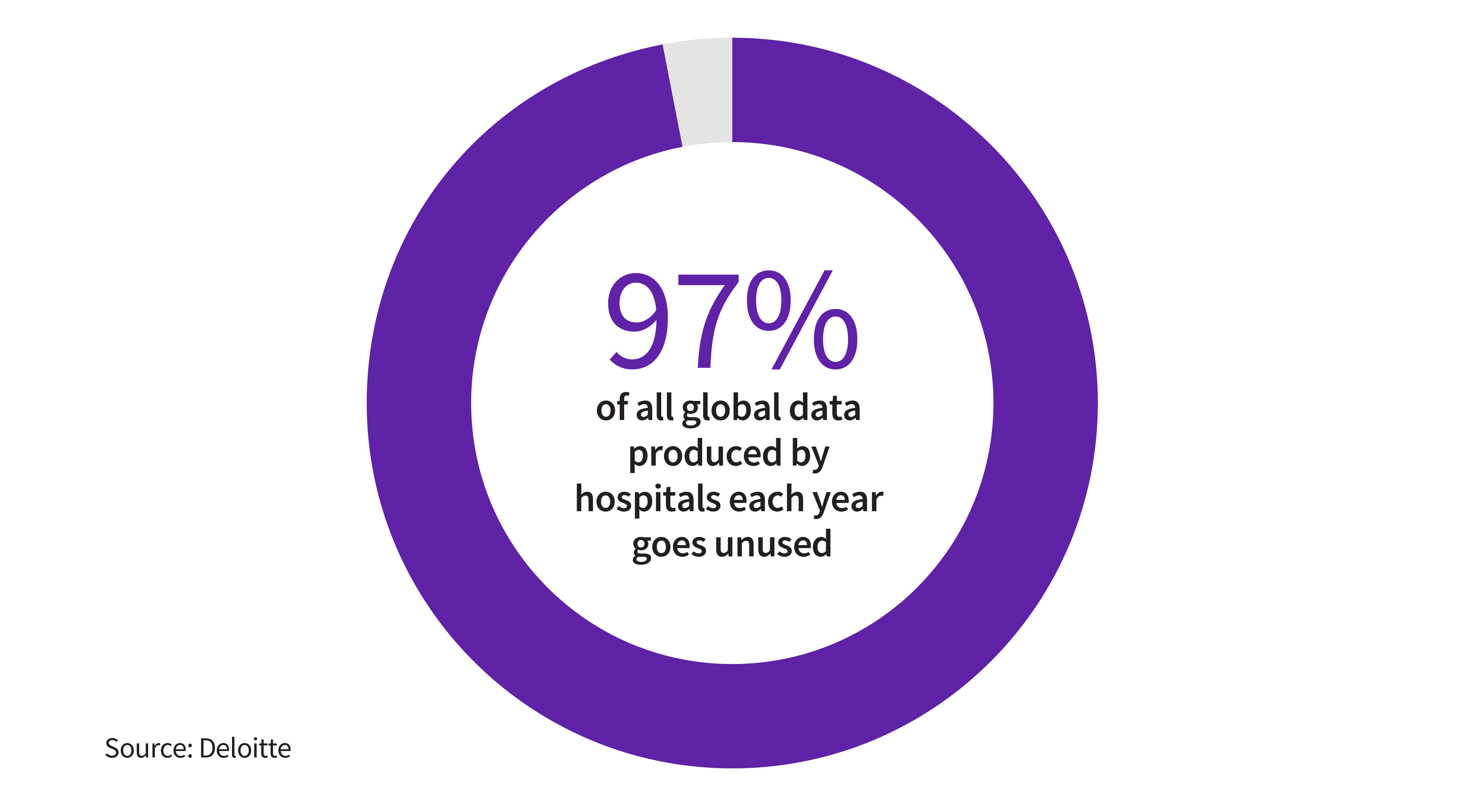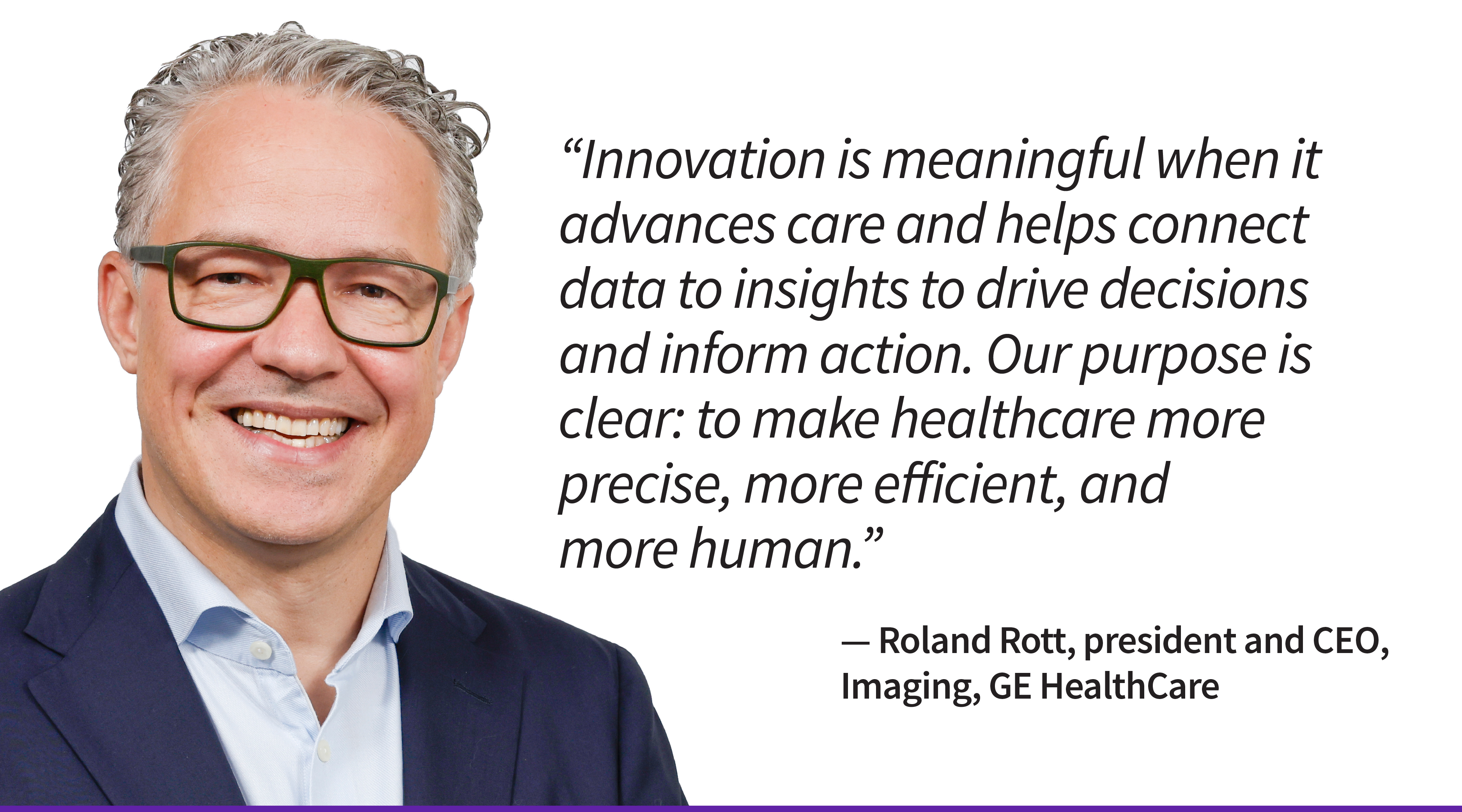From an aging population to an increase in chronic disease, converging forces will require new ways of thinking to address compounding issues in healthcare. In just a few years, 1 in 6 people will be over the age of 60, and by 2050 the proportion of the world’s population at that age will nearly double. This demographic shift, coupled with an increased global disease burden—and exacerbated by projected healthcare workforce shortages reaching 11 million worldwide by 2030—require innovative solutions to solve for these challenges.
For more than a century, our teams across GE HealthCare have continued to advance the art and science of medical imaging to help solve these challenges. Our teams continue to redefine precision care and their work is now being accelerated by artificial intelligence (AI), data connectivity and strategic collaborations. Through intentional innovation, we are advancing progress to bring faster, more personalized paths to diagnosis and treatment for patients everywhere.
From X-ray to artificial intelligence: A history of healthcare innovation
As pioneers in medical imaging, with a 125-year legacy in innovation, we’ve been helping clinicians see more, understand more, and do more for their patients. What began with some of the world’s earliest breakthroughs in imaging has evolved into a deep global commitment to advancing precision care.
From our first X-ray machines to topping the FDA’s list of AI-enabled medical device authorizations, we’re guided by a purpose to innovate and improve lives. While healthcare challenges are more complex than ever, it’s in these tough challenges that continuous improvement finds meaning: Innovation should never be about novelty—it should always be about impact.
We’re driven by our ambition to make an impact to help clinicians visualize the human body in ways once thought impossible. Today, the role of imaging extends far beyond capturing a picture. It’s about delivering data and insight to enable earlier diagnosis, targeted treatment, improved outcomes and a meaningful extension of those insights across the care continuum for more personalized care for each patient.
Specifically, in imaging, that means going beyond anatomy for a deeper, more meaningful understanding of function, physiology and molecular activity. Take integrating PET/CT scans with molecular imaging to support faster, more targeted cancer treatment, where a clinician can precisely identify tumor response to therapy in real time to adjust treatment plans to the patient’s unique biology. Building upon this technology with AI, we can reduce a full PET/CT study from 30–40 minutes down to just six or eight minutes while enabling clinicians to precisely visualize potential tumors. Such technologies, together with clinical expertise, can impact patient outcomes—when weeks or even months could make a difference in starting or adjusting treatments. Time is critical, as some research has noted as much as one-third of premature deaths from cancer could potentially be saved with earlier diagnosis and treatment.
Collaborations that advance impactful healthcare innovation
With new product innovations spanning disease states from oncology to neurology to cardiology, our pipeline is purpose-built to tackle some of the most complex challenges in healthcare that aim to support better outcomes for people—patients, clinicians, and hospital and health system leaders.
We believe innovation thrives through collaboration and continuous strategic investment. That’s why we don’t go at it alone; collaboration and creative thinking are at the center of our approach. By optimizing solutions with our customers, we ensure that our innovations are clinically relevant, scalable and sustainable. Together, we are jointly reimagining the future of imaging, workflow and patient experience by integrating digital tools, streamlining operations and empowering clinicians to deliver higher-quality care.
Collaborations with technology leaders like NVIDIA, with whom we intend to collaborate on autonomous X-ray and ultrasound solutions, aim to augment human expertise with AI-driven intelligence to help clinicians deliver the right diagnosis and treatment faster than ever before. Understanding that it’s more than the device but also the therapy, we’ve started broader partnerships that advance theranostics, for example, because we see the need to combine imaging with therapy to help clinicians improve outcomes for patients around the world.
Our investments extend beyond research and development and into strategic acquisitions and partnerships that accelerate our ability to bring the right solutions to customers to improve patient care. MIM Software, for example, enhances our ability to provide advanced imaging analytics, visualization and workflow solutions. Spectronic Medical, a recent addition to our portfolio, adds software features that help radiation oncology teams drive accurate treatment and reduce reliance on multiple imaging modalities. Icometrix further expands our leadership in AI-enabled precision imaging to help physicians diagnose neurological disorders and monitor disease progression. And most recently, Intelerad, creates a fully-connected, cloud-first imaging ecosystem spanning high-growth outpatient and ambulatory, teleradiology and hospital settings, bringing AI and workflow orchestration, cloud PACS, and image sharing, all in a SaaS business model.
Our investments—and innovations—are intentional and prioritized for clinicians to deliver faster, more confident diagnoses and ultimately facilitate better patient outcomes.
Extending healthcare data: Improving patient outcomes while alleviating clinician overload
Healthcare today faces a paradox: As technology advances, so does the complexity of data. With more than 97% of hospital data going unused each year, there are endless possibilities to deliver insights to clinicians so they can make more meaningful decisions quicker. At the same time, clinicians are inundated with information and excessive administrative tasks. Opportunity lies at this intersection: bringing data together in a meaningful way to improve healthcare workflows and patient outcomes.
Our imaging platforms are increasingly connected through digital ecosystems that enable seamless data sharing and integration with electronic health records. Through digital twins, workflow optimization and advanced analytics, we’re helping hospitals operate more efficiently and helping clinicians make faster, more informed decisions.
AI-enabled workflow solutions can prioritize urgent cases, flag critical findings or automate quality checks—helping reduce burnout and cognitive load. These tools don’t replace the clinician’s expertise; they amplify it, resulting in technology working for people, not the other way around. In imaging, AI is helping automate routine tasks, improve image quality and accelerate time to diagnosis, which is further empowering clinicians by giving them precious time back to focus on what truly matters: their patients.
The next century of healthcare
As imaging, AI and connected healthcare ecosystems converge, we’re in a new era of precision medicine, where earlier and faster diagnosis could lead to better outcomes, with care individualized for each patient. Innovation is meaningful when it advances care and helps connect data to insights to drive decisions and inform action. Our purpose is clear: to make healthcare more precise, more efficient and more human.
We are proud of what we’ve achieved over the past century, and even more inspired by what’s ahead: accelerating the pace of innovation with purpose.
Our deep history is the foundation, and we’re just getting started.





